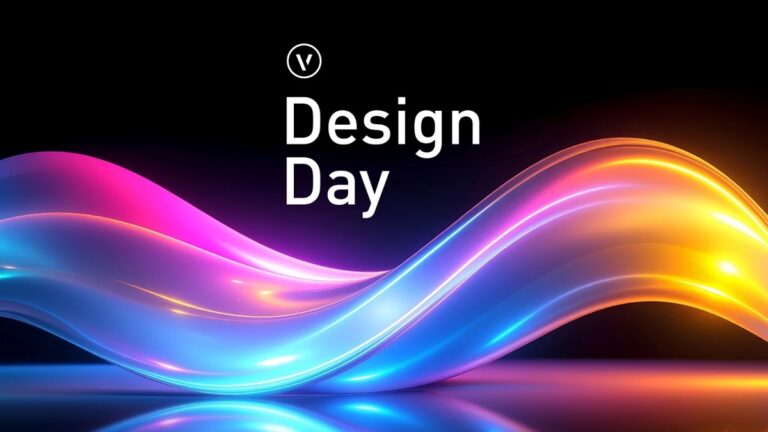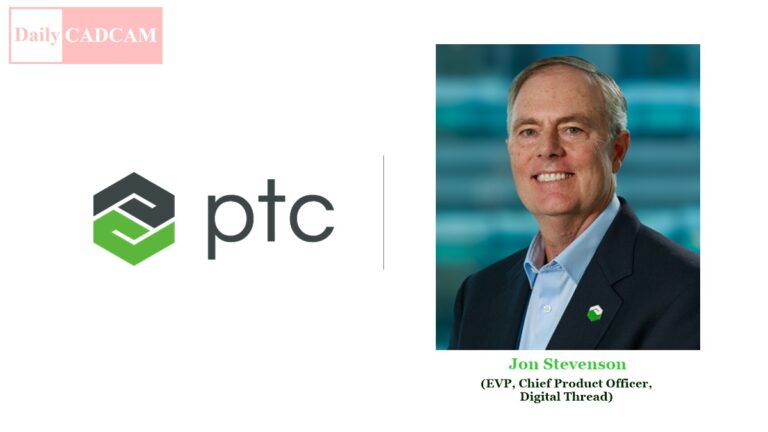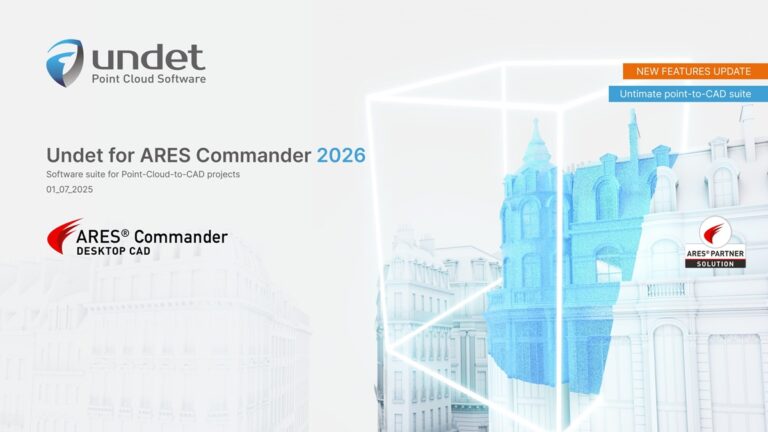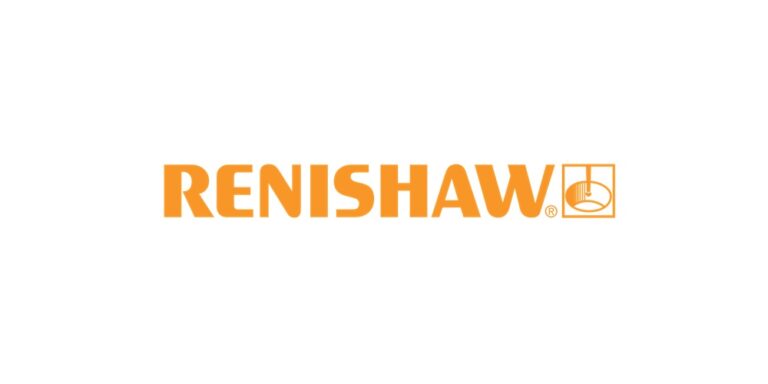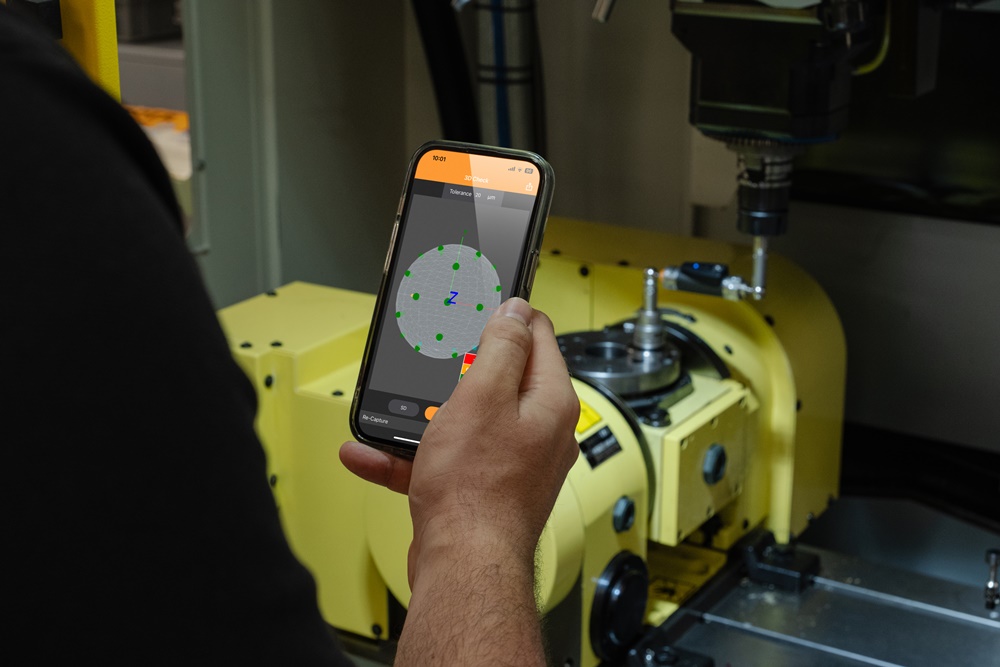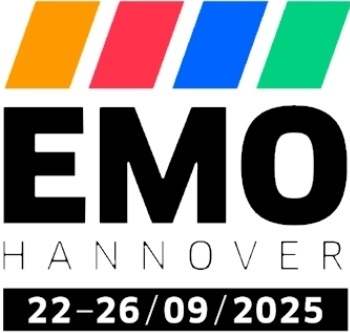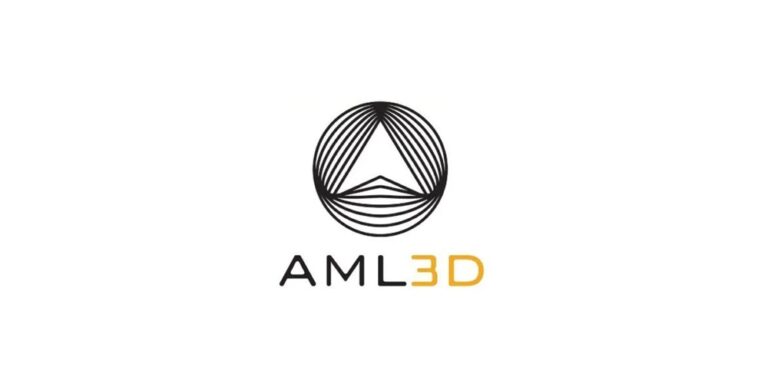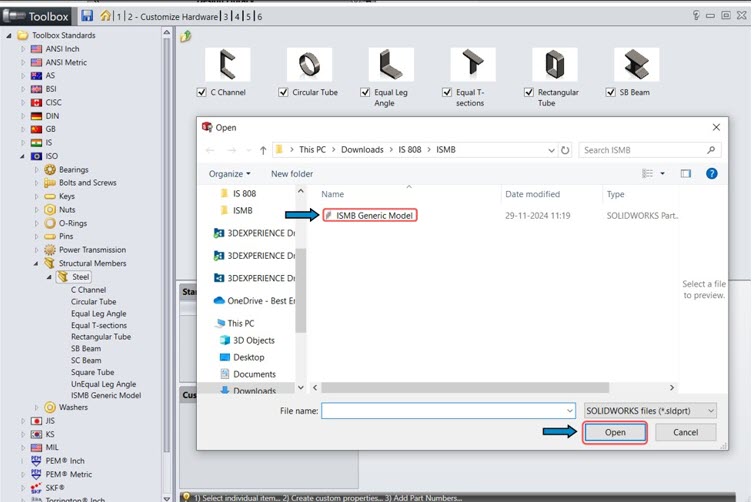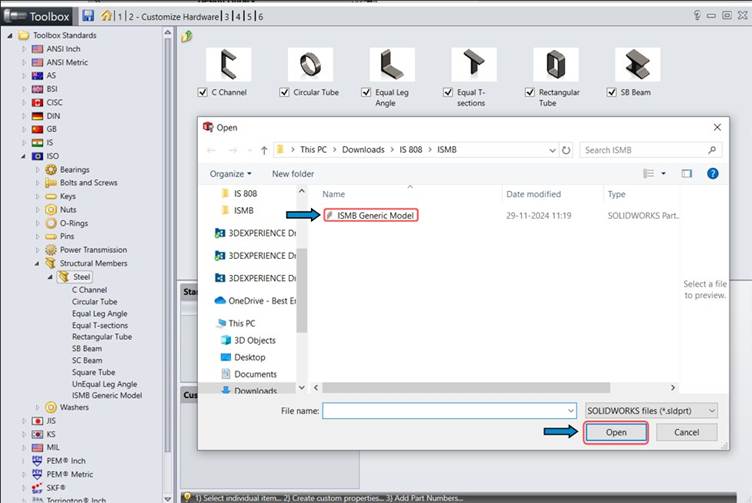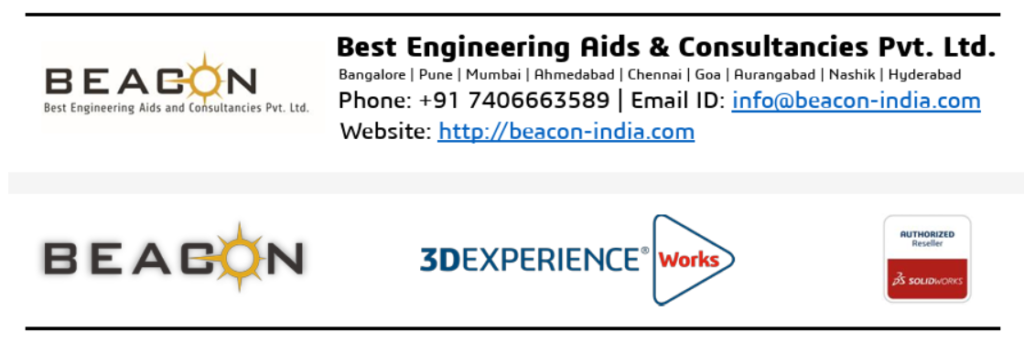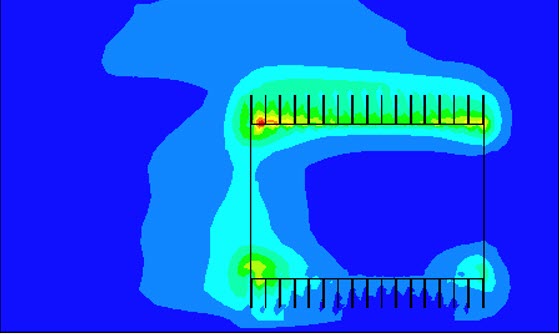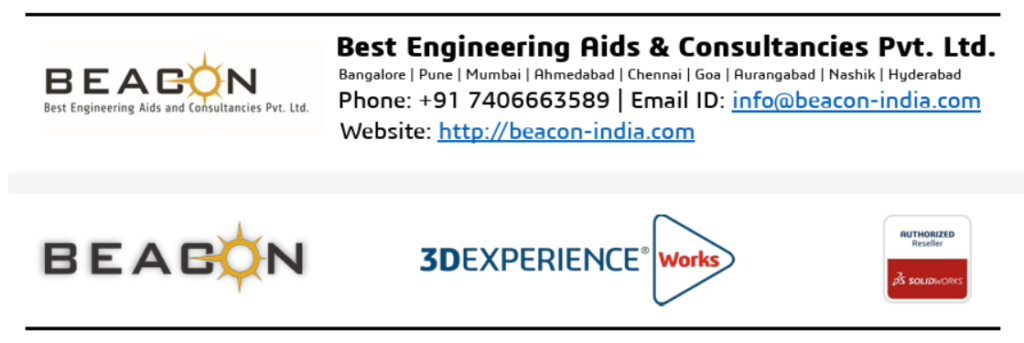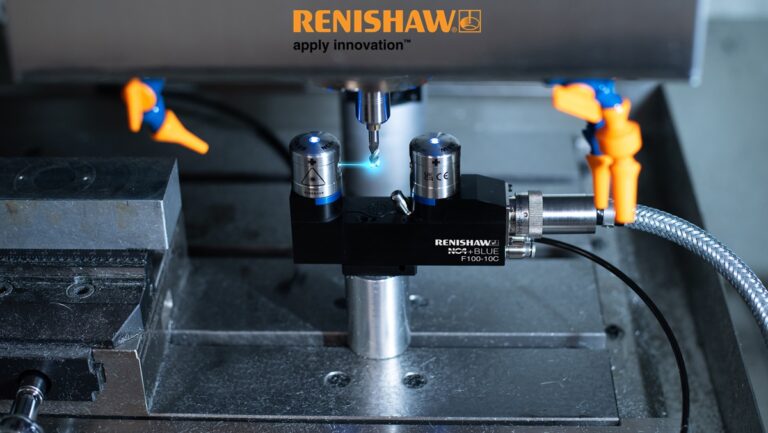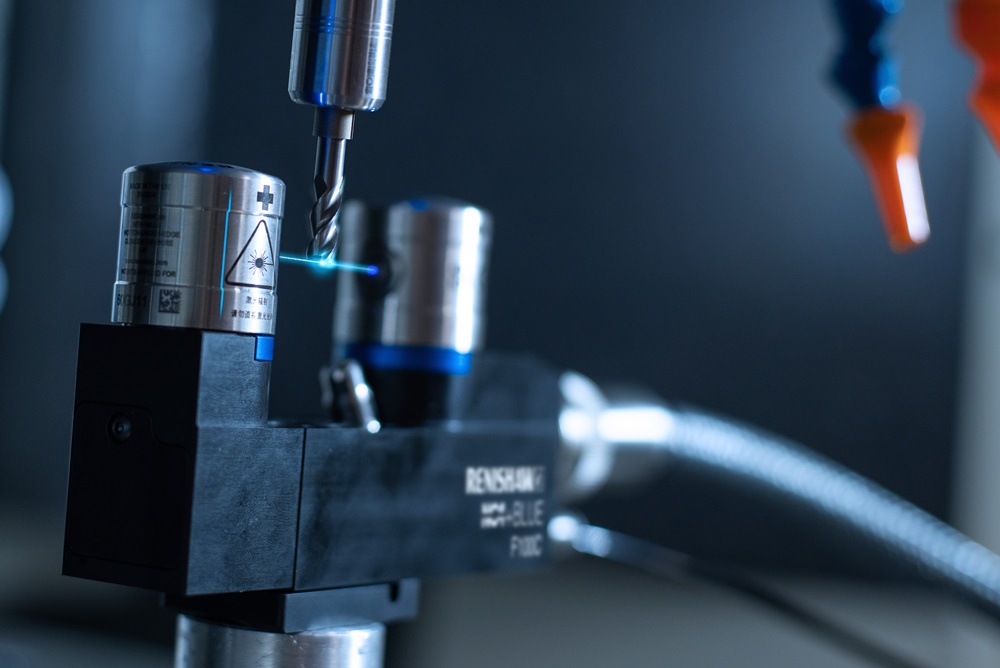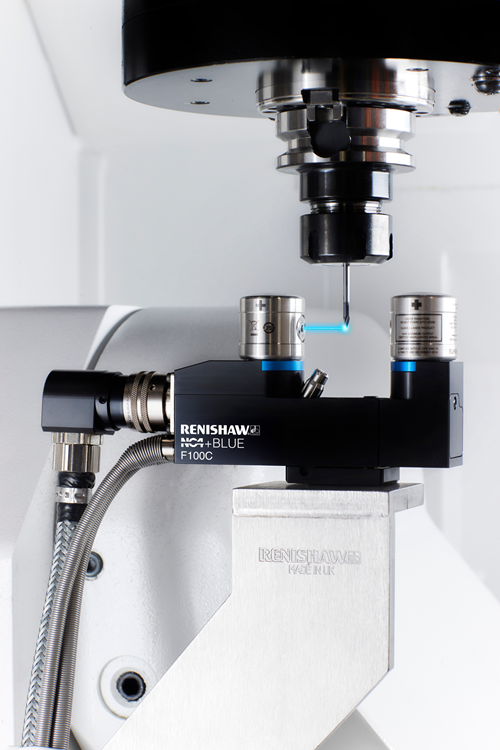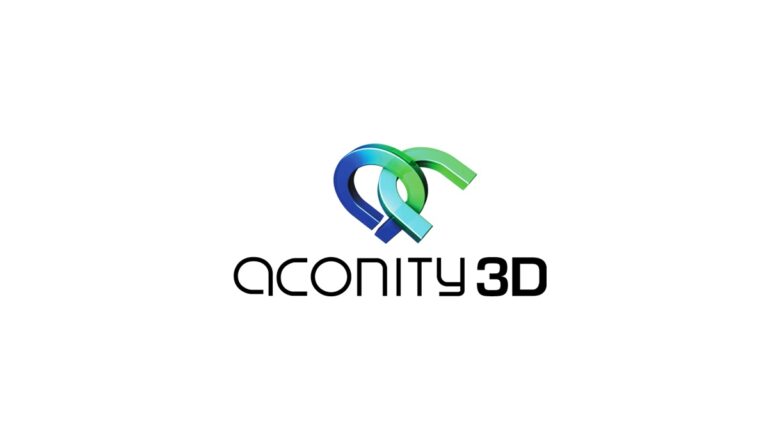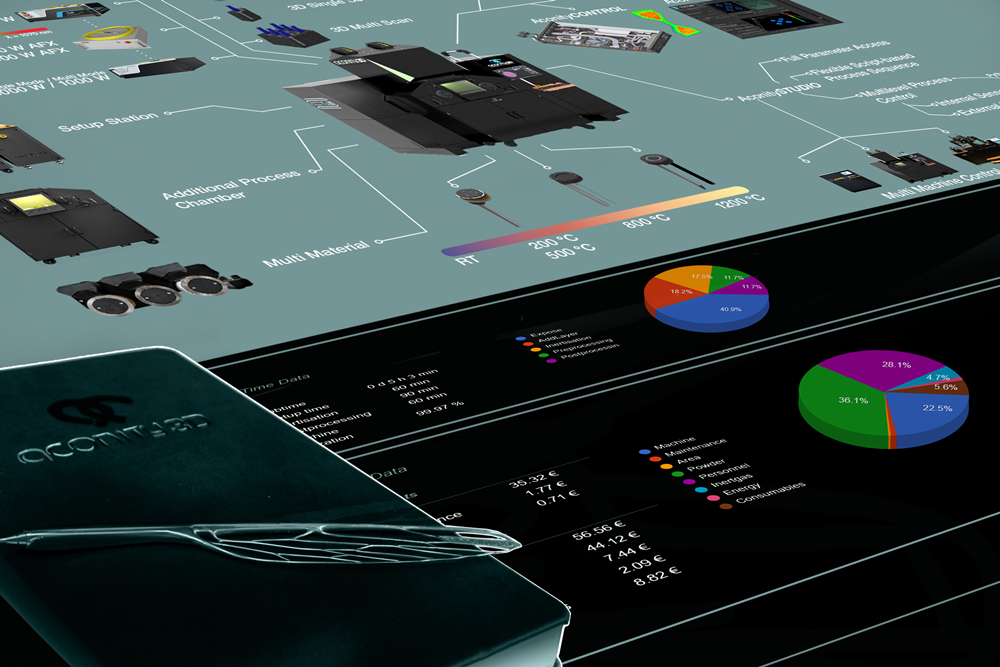GLOUCESTERSHIRE, UK, Aug 11, 2025 – Global engineering technologies company, Renishaw, will demonstrate its latest innovations for process automation, closed-loop process control and rapid part verification at EMO Hannover 2025 (22-26 September). This includes an innovative new dual-method gauging system and dedicated gauging software.
The Renishaw technologies which will be on display at stand D06 in Hall 5 are renowned for addressing common global manufacturing challenges: to raise productivity and make high-precision parts more efficiently and cost-effectively.
Demonstrations will include industrial metrology and automation solutions for CNC machining and process control. All Renishaw technology provides a level of automation that eliminates the need for human intervention and skilled labour in CNC machining processes. This includes delivering unattended part set-up, closed-loop process control, and both machined feature and part verification at the point of manufacture.
Renishaw’s solutions make the integration of robots, metrology, and closed-loop process control for CNC machining easier, faster, and more effective. Eye-catching displays include process automation technologies integrated with commercially available robot handling systems for CNC machining and closed-loop process control, and automated CMM tending applications.
The company will also show its growing range of solutions for enhancing the accuracy and productivity of industrial robots. These technologies provide fast and easy robot set-up and robot cell recovery, as well as in-process metrology designed to improve the accuracy of automation cells.
Introducing the complete shop floor gauging solution
EMO Hannover 2025 attendees will discover Renishaw’s range of products for off-the-shelf integration with automation cells. This includes the new Equator-X™ 500 dual-method gauge and MODUS™ IM Equator software, which offer a complete gauging solution for shop floor processes.
The Equator-X system combines Absolute and Compare measurement functionality on a single device. High-performance measurement speed and accuracy also offer significantly improved inspection capacity and throughput compared to conventional 3-axis CMMs.
Supporting this hardware is the MODUS IM Equator software, with code-free programming and reporting capabilities. “The MODUS IM Equator software enhances the Equator gauging system,” says Rob Harrison, Renishaw’s Director of Industrial Metrology Software. “Empowering our customers to easily create inspection programs, allows them to harness the full potential of our metrology solutions.” Visitors can request a demonstration to experience the software’s ease of use and programming first-hand.
To expand the functionality of the Equator-X 500 system, Renishaw’s styli and modular fixturing accessories support a wide range of measurement tasks and help maintain high performance across different applications.
Next-generation machine tool probing
Also new for EMO 2025 is the third generation of Renishaw’s range of NC4+ Blue laser tool setters. Offering industry-leading repeatability at ±0.1 μm 2σ, the new ultra-compact F100 models redefine standards for high-speed tool measurement and broken tool detection. “At Renishaw, we strive to
develop technologies that make a meaningful difference to our customers,” says Steve Petersen, Marketing Manager of Renishaw’s Machine Tool Products Division. “The new third-generation F100 NC4+ Blue models exemplify this approach, combining sub-micron level precision with a compact, energy-efficient design.”
Making manufacturing easier
Another innovation for 2025 is a new smartphone app, which improves the user experience for Renishaw’s QC20 ballbar. The CARTO Ballbar Connect app makes it quick and easy for operators to complete valuable machine tool performance checks with minimal training. Dave Wall, Director and General Manager of Renishaw’s Laser Calibration Products Division says: “The CARTO Ballbar Connect app opens up the use of QC20 ballbar to a wider range of users who can now access the benefits of regular ballbar testing.”
Also supporting the reduced complexity of manufacturing is the simple-to-install FORTiS™ linear encoder. This exceptionally robust technology delivers high-performance measurement in the toughest machine tool environments. FORTiS encoders help to maintain machine accuracy over extended periods, making them ideal for automated ‘lights out’ manufacturing.
Data-driven manufacturing
A live demonstration of the Renishaw Central smart manufacturing data platform will connect data from the various measurement devices on the stand, including on-machine measurement, shop floor gauging systems, CMM inspection processes, and sensor data from the company’s leading additive manufacturing systems.
With Renishaw Central, issues can be identified, and machining and quality control systems can be updated automatically before the next part is machined, for real-time automated production. The Renishaw Central platform can digitalise, visualise, and act on manufacturing data, and provide greater visibility of parts as they move through the virtual factory.
The future of metrology is here
The ‘Innovate Manufacturing’ motto behind EMO Hannover 2025 embodies the spirit of innovation that drives Renishaw. To push the boundaries of what’s possible and demonstrate that the future of metrology is not just on the horizon – it’s here, now. By delivering fast, automated, connected, flexible, and easy-to-use manufacturing solutions, Renishaw’s technologies meet the evolving needs of modern manufacturers.
“The future of metrology is here,” states Rainer Lotz, President of Renishaw’s EMEA region. “People attend EMO to witness the best new innovations the industry has to offer, and we’re excited to be launching some truly ground-breaking technologies at the show this year.”
Join the Renishaw team on stand D06 in Hall 5 to see the latest innovations shaping the future of industry.
About Renishaw
Renishaw is a world leading supplier of measuring systems and manufacturing systems. Its products give high accuracy and precision, gathering data to provide customers and end users with traceability and confidence in what they’re making. This technology also helps its customers to innovate their products and processes.
It is a global business with over 5,000 employees located in the 36 countries where it has wholly owned subsidiary operations. The majority of R&D work takes place in the UK, with the largest manufacturing sites located in the UK, Ireland and India.
For the year ended June 2024 Renishaw recorded sales of £691.3 million of which 95% was due to exports. The company’s largest markets are China, USA, Japan and Germany.
Renishaw is guided by its purpose: Transforming Tomorrow Together. This means working with its customers to make the products, create the materials, and develop the therapies that are going to be needed for the future.
Further information at www.renishaw.com.

